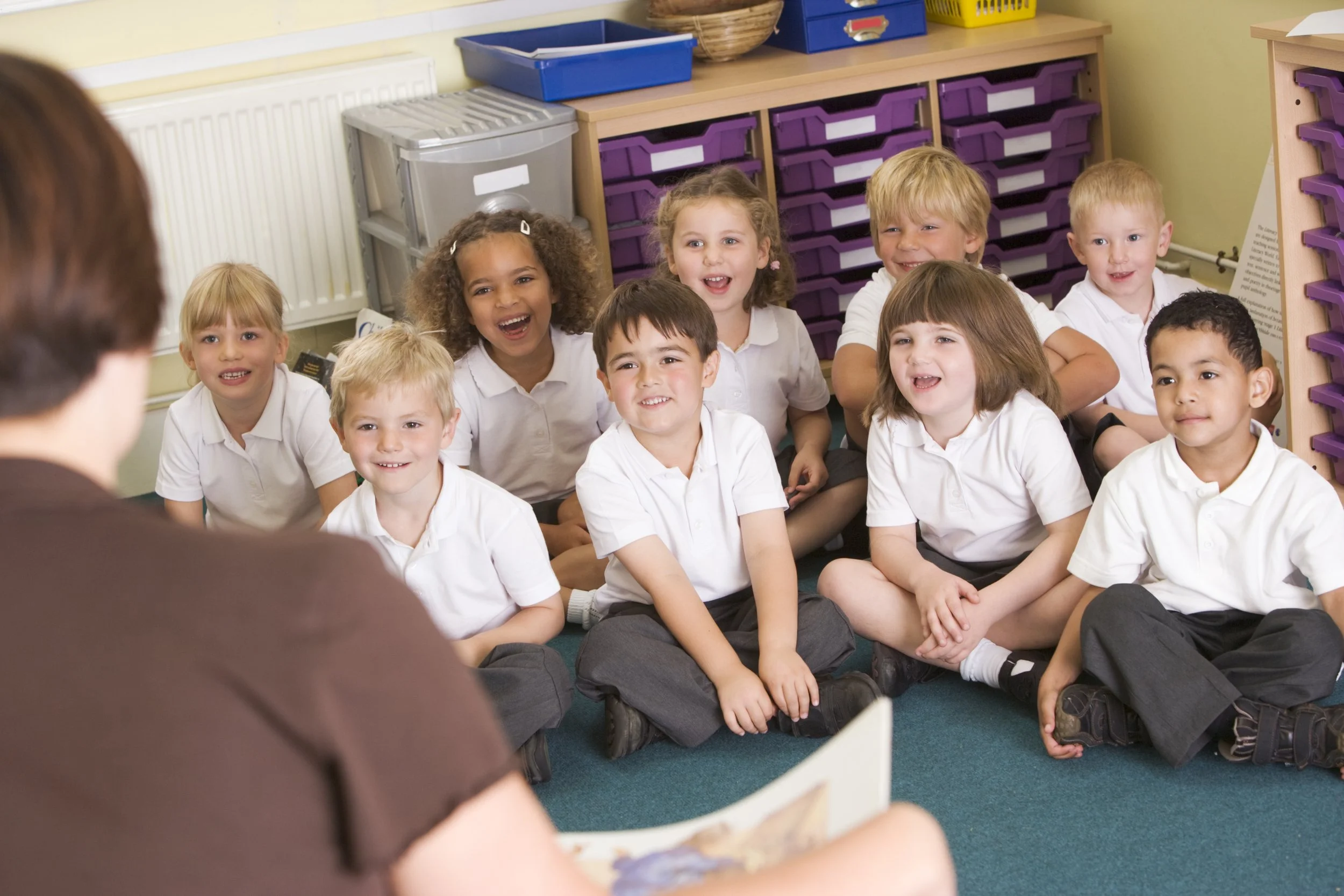Key routines and expectations for my SRE class this year
19/02/24
There’s nothing like a new school year! The pencils are sharp, the texta nibs are crisp, and the kids are ready to learn.
But, there’s also nothing harder than a new school year! The kids don’t know you. You don’t know them. And, if you’re teaching Kindy SRE like I am this year, they don’t even know what school is yet – let alone what SRE is!
Having taught year 6 last year, I have gone “back to the beginning” this year, and will be teaching Kindy. I had to think about the last time I had a Kindy class – and It’s so funny to admit, but the kids I last taught in Kindy Scripture are sitting their HSC this year!
What a way to feel old! (Or, as we say in SRE world “experienced”!)
In going back to the beginning with Kindy, I thought I’d also go back to basics with my Kindy class. I’ve decided on three expectations and three routines we will have in Kindy Scripture every week this year. I hope these are helpful for you (a printable version of these can be found here).
Expectations
Did you know that most teachers spend the first few weeks of the school year establishing classroom expectations? If you think about it, it’s very biblical!
Proverbs 22:6 (NIV) “Train up a child in the way he should go, and when he is old he will not depart from it.”
These expectations vary by age and stage. For example, in Kindy, many schools alliterate on the letter L:
· listening ears;
· lips locked;
· Hands in laps;
· looking at the teacher; and
· Ready to learn!
As the kids grow, you might change the way you phrase the routine. I have written in this article about how I use 1H1V and FGFA in all my SRE classes (even up to high school). I write the mystifying combination of letters and numbers on the board, and I explain that this is the key to us having the most fun in SRE.
I then explain that FGFA means a “Fair Go For All”, because we all know how it feels when someone skips the queue, or interrupts, or takes our answer when we were waiting patiently for the teacher to call on us – it’s not fair!
And the simplest way to keep things fair is to always use 1H1V – there is “One Hand, and One Voice”. The one voice is either my voice or the voice of the person who has raised one hand to have to opportunity to speak.
I’ve found using these techniques to set expectations has been the most effective element of classroom management for me in SRE.
Routines
Going hand-in-hand with expectations are classroom routines. More and more you might see the daily routine written on the whiteboard or stuck up in your primary SRE classroom.
There is a neurological basis for making the routines of your lesson clear.
· Uncertainty can increase anxiety.
· Anxiety can raise cortisol, the stress hormone.
· If your stress hormone is too high, it makes it harder to remember what you have learned.
If this is true, then the opposite is true, too.
· Certainty can decrease anxiety.
· Decreased anxiety means a decreased level of cortisol.
· Decreased cortisol means that students are more likely to remember what they have learned.
For my Kindy class this year, I’m planning on having the same three activities every lesson in the same order every lesson. (There is also a printable copy of this here).
1. We’re going to start with a song;
2. then we’re going to have a Bible story; and
3. then we’re going to do bookwork.
If I have time, we can always end the lesson with a song, too (but let’s be honest – has anyone ever got to the end of a Kindy lesson with time to spare? I certainly haven’t!).
What about you? Do you think that a standard routine would be helpful for your class? What order would you have?
If having every single element the same each week feels stifling to you – what about the opening and closing elements of your lesson? Would there be a way to bookend your lessons the same way every week?
Could you open with a, “Thanks God”, moment each week where students share a highlight of their week and you (or some students who are keen) do a quick thankyou prayer?
Do you use the Big Questions method in your class – opening with a question and closing with the answer to the question?
Do you have a standard recap time each lesson where you tie last week’s learning to this week’s learning and help those long-term connections form?
These are just some ideas – I’m really excited to get started with my Kindy class next week – how about you?

